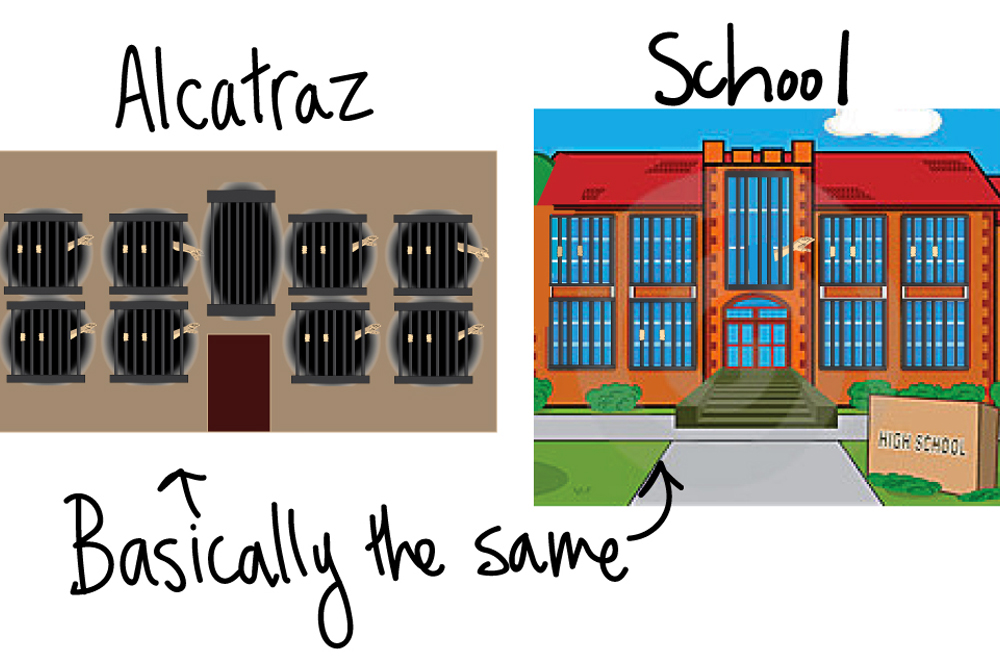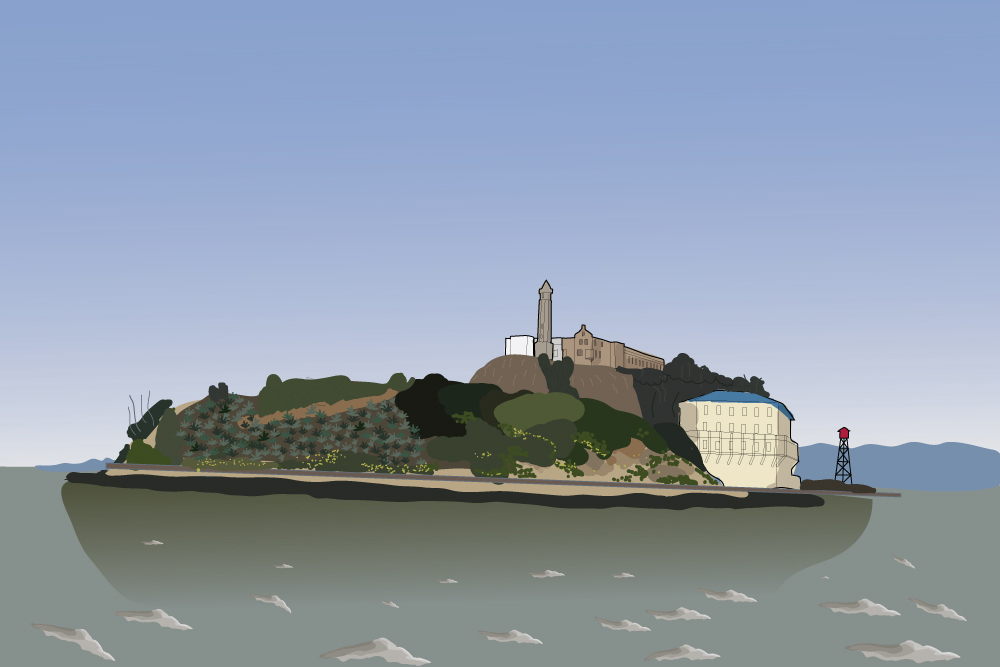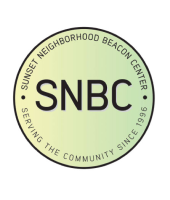On Friday, March 3, I had the opportunity to go on a field trip to Alcatraz with my AP U.S. History class. Even though I had never been to Alcatraz, I was hesitant to go because I didn’t want to miss my chemistry class that day. The chemistry class at my school is known to be relatively difficult, not just because of the concepts, but because the teacher grades meticulously. I was afraid that if I missed just one day of class, I would be behind. Normally, I value my education more than fun, but technically this field trip fell into the category of education. So, I decided to weigh the pros and cons, like I do with most decisions I make.
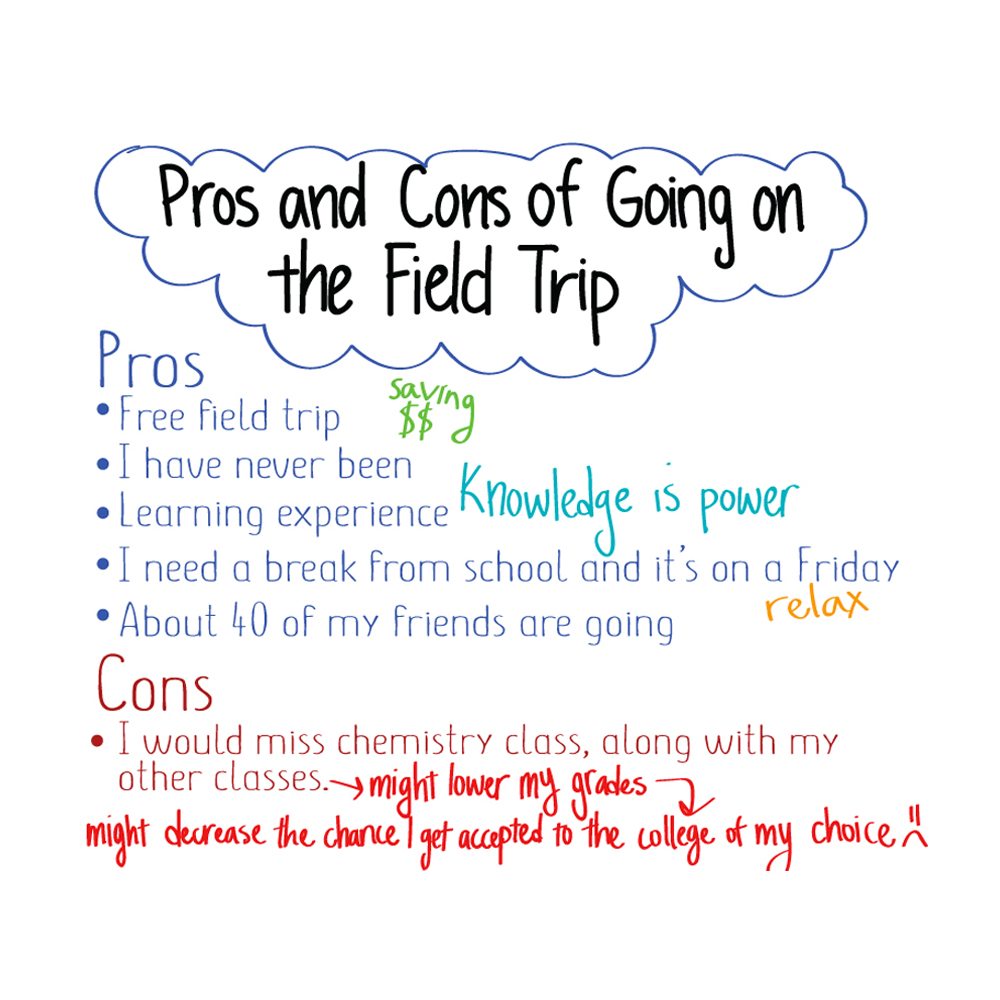
Choosing to face the consequences, I had my chemistry teacher, along with my other teachers, sign my permission slip, which officially meant it was my responsibly to make up any work and to learn the information I missed. I would have to bear the burden of all the classwork I missed.
It was the day of the field trip. The other 50 students, our teacher and I, started off by taking Muni down to the Embarcadero. Then, we rode a bus to the pier and got on a ferry. As soon as we parted from the dock, my classmates crowded the sides of the ferry to take pictures of the fleeting San Francisco skyline. I walked around with some of my friends, admiring the trail of rippling water the ferry left behind. It reflected the shining sun, the seagulls flying by, and eventually Alcatraz Island as we approached it.
After stepping foot onto the island, we ate lunch and played cards on picnic tables and concrete steps. It was relaxing. Soon after, the park rangers, with their pleated olive green pants, gray collared shirt and bad-ass mountie hat, came around to give us a tour of the place. They talked about the security modifications made to the buildings as well as the general history of the island. They pointed out the“Peace and Freedom. Welcome. Home of the Free Indian Land” that was painted in red on the water tower. Don’t quote me on this, but I think they said in the 1960s and early 1970s (1969-1971), after Alcatraz closed as a Federal Penitentiary in 1963, that a group of Native Americans took over the island in protest of the Indian Termination and Relocation Policy. We were also shown that they painted a hidden message on the front of the Administration building. Can you see it?
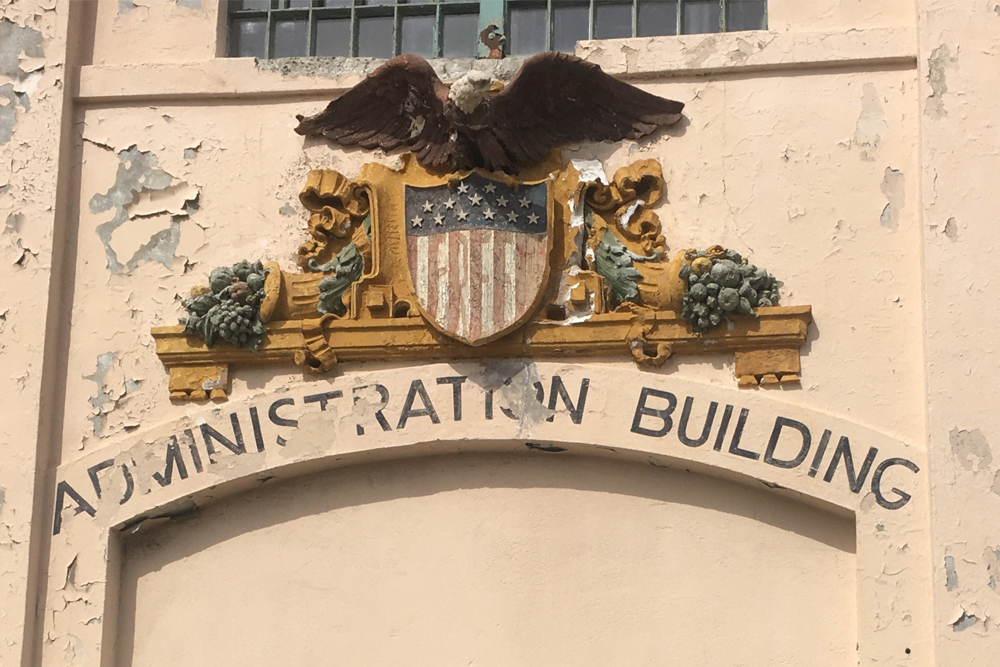
For our remaining time on the island, we explored the main prison building. We saw the prison cells, the mess hall, the library, and the solitary confinement cells. In one of the building’s wings, there were three floors of prison cells stacked on top of each other, and there were spiral metal ladder-staircases to access the top cell platforms. The ubiquitous metal bars that separated the prison cells were rusty and chipping with paint. In the mess hall, I learned about the unexpectedly amazing food served in the prison. For example, there was dessert, like pie, available to prisoners. Also, since spaghetti is my favorite food, I was excited to hear that within the prison, 4,875 pounds of spaghetti was eaten each year. Although the library was empty, it was interesting to know that prisoners were encouraged to read. They had someone deliver books to prisoners via a little cart, like they did in the Shawshank Redemption. (I hadn’t seen Shawshank Redemption until last year. If you haven’t seen it, I highly recommend it.)
And finally, my favorite part of the field trip was when the park ranger allowed half the class, about 20 people, to crowd into a solitary confinement cell. Our teacher joined us as we closed the door and stood in darkness. There was no room to move and it was not quiet. Everyone was talking at the same time. Our teacher tried to keep us from talking, but some people kept whispering and I thought it was hilarious. It wasn’t just hilarious because we were crowded into a solitary confinement cell, where the tourists who were waiting outside the cell door could probably hear everything we said. It was hilarious because about half of everyone in my AP US history is also taking the same chemistry as I am with the same teacher. And out of all the things we could have talked about while we were waiting in the cell for what seemed like five minutes, we chose to make inside jokes about chemistry. Chemistry is always relevant, although not always appreciated…
The other discussions we had consisted of actual learning. The main topic of the field trip was about prisoners of war and the relationship between activism and democracy. Although I was slightly confused, I remembered our lesson about Philip Grosser, Morton Sobell, and Robert Lipscomb, Alcatraz prisoners who were punished for acting on their beliefs. (Not all Alcatraz prisoners were as notorious for crime as Al Capone and George “Machine Gun” Kelly.) Just as a semi-brief history lesson, Philip Grosser was a conscientious objector during World War I. Because he was adamant in refusing to fight, he was put on Alcatraz where he endured solitary confinement and the Iron Maiden, a contraption forcing the victim to stand upright for long periods of time. Morton Sobell was put on Alcatraz because he advocated communist involvement, while Robert Lipscomb was put on Alcatraz because he had a long history of criminal activity, including counterfeiting money and escape attempts. However, while in Alcatraz he was harassed by officers because of his ethnicity. As a result, he protested against this racial discrimination by referencing the desegregation orders of 1948 and by cutting his Achilles tendon. Okay, end of the history lesson. If you’re like me and history isn’t your favorite subject, you can stop stressing out now.
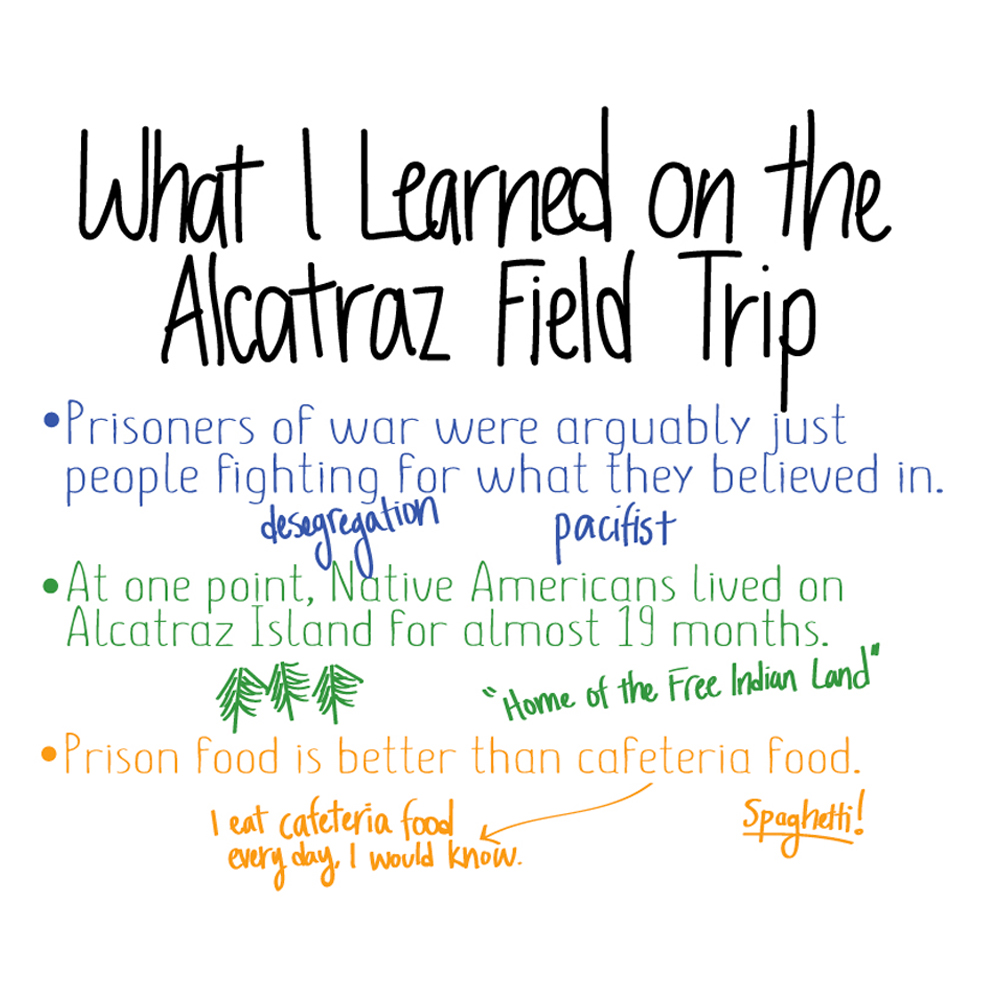
After walking out of the prison building, we walked around the back side of the island. It was covered in beautiful greenery. Everywhere I looked there were different types of plants and seagulls. At one point, we climbed a steep flight of stairs and gathered in the prisoner’s recreational field. The field trip was just about to end. We took a class photo and then walked back to the ferry docked at the front of the island. On the ferry ride back, my friends and I played Uno until we arrived back to San Francisco.
Looking back on this field trip, I had fun. I didn’t learn as much as I thought I would in terms of the history of the island, but it did make me think about the prisoners. They actually had to live in cells on an island, where they didn’t know what was happening in the outside world. Maybe their situation alleviated by the fact that they got to eat as much spaghetti. As for chemistry class, I didn’t miss much, but I did have to study more than normal in order to understand the information I had missed.
In the end, I would deem my decision to go on this field trip a success, because it opened me up to a new experience. It was an opportunity to learn and go some place I have never been before and, a good reminder that a balance between school and fun, or anything, is important.
